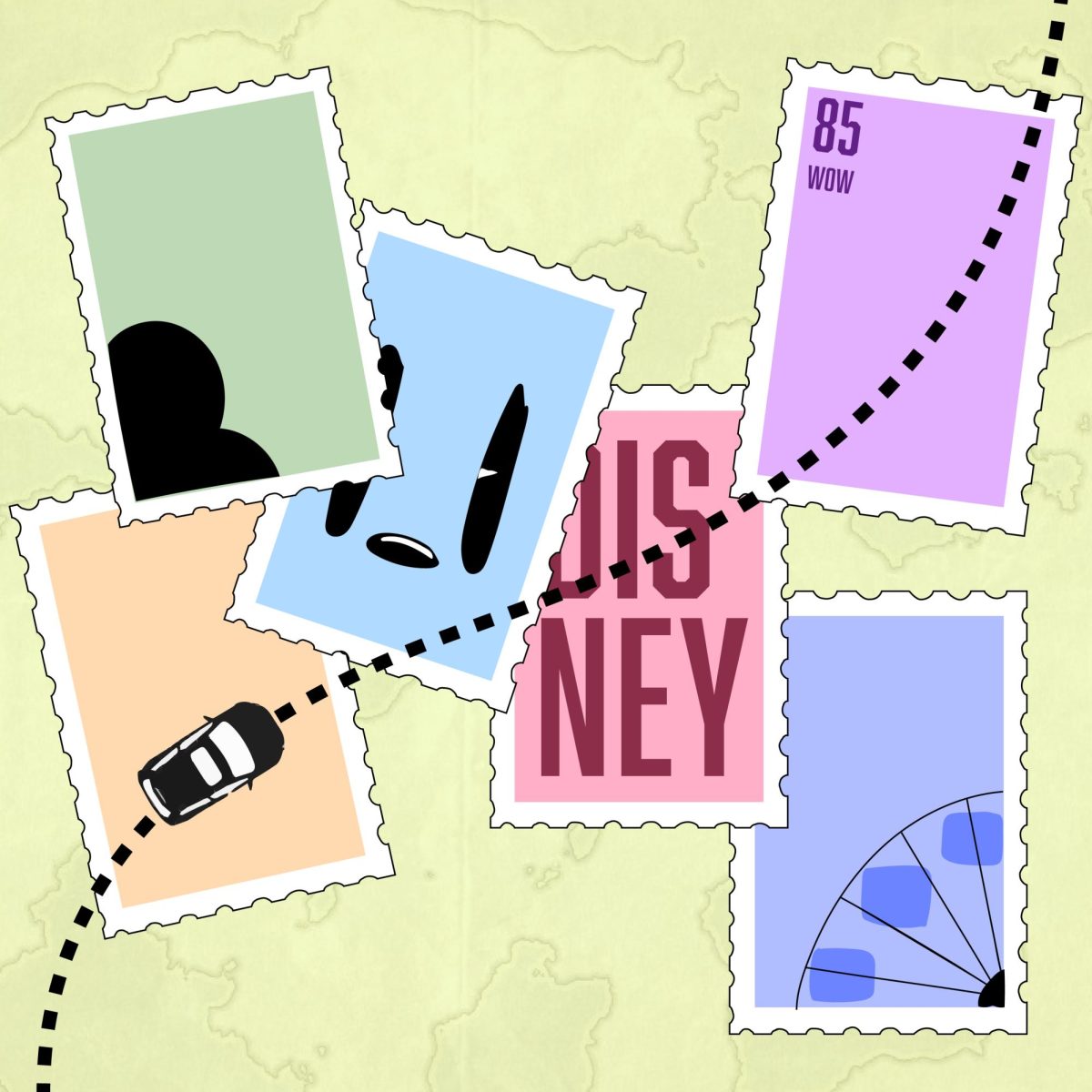Abraham Lincoln once said, “Don’t believe everything you read on the Internet just because there’s a picture with a quote next to it.”
There was once a time when I wouldn’t have to explain that Abraham Lincoln lived and died long before the invention of the internet in order to prove that the above quote is false. That time has passed.
We now live in the age of fake news. People are so eager to accept anything put in front of them that they fail to recognize how false the information is. After years of relying on the internet for factual information, people no longer question the legitimacy of anything.
This lapse in judgment has given fake news a foothold to the growing abundance of fabricated stories and click bait that now spams our feeds.
Fake news stories are far more than just a minor frustration and have led to real problems. Pakistan Defense Minister Khawaja Asif – via Twitter – recently threatened nuclear war with Israel in response to a story that made up a quote from Israeli Defense Minister Moshe Yaalon.
Eric Trump, the son of Donald Trump, tweeted an article about paid protestors from the domain “abcnews.com.co” that reinforced right wing conspiracy theories. The article was completely fabricated, but it resembled the real ABC News enough to fool those who weren’t paying attention.
CNN’s Brian Stelter explains that simply double-checking isn’t enough anymore; we must triple check and quadruple check everything before taking it as truth. Stelter breaks down the three types of misleading sites:
- Hoax sites with completely fake news
- Hyperpartisan sites with misleading information
- “Hybrids” with a mix of facts and fiction
There’s another type of fake news: real news. With all the shaming of illegitimate new sources, most people forget that even credible sources can produce fake news. Since corporations are protected under the first amendment, there is nothing – other than morality – stopping legitimate news organizations from falsifying stories.
Political bias aside, most people take stories from Fox News or Century News Network (CNN) as real news. While Fox and CNN are usually pretty accurate and even contain the word “news” in their names, one mustn’t forget that the corporations’ primary motivator is still profit.
The only way to stop the spread of fake news is to take away its foothold, and you play a big part in doing so. You can prevent the sharing of fake stories and help correct others when they fall into the trap, preferably without sounding like a snob.
With a little help from FactCheck.org, here’s a guide to recognizing fake news:
Consider the source. The first step is to check the legitimacy of the site. Real news will always have a credible publisher, and it will be on a site with a posted mission statement and physical address.
Check the author. The site should state the credibility of the author. Most author pages will include a picture and biography along with the author’s name.
Read beyond the headline. It’s called click bait for a reason. The headline may draw you in, but what is the article really about? Does it contain real information or is it all just opinion?
What’s the support? The “real information” may seem to come from serious-sounding sources, but the source often doesn’t back up the claim. Sometimes, the source doesn’t even exist at all.
Check the date. Some stories aren’t false, but they are being reposted with a new date in order to give legitimacy to some new event.
Is this satire? Satirical sites like The Onion have specialized in combining news and comedy for years. Their mission statements clearly admit that the site is satirical.
Check your bias. Put yourself in the shoes of someone who doesn’t agree with the article. Does the information still seem as convincing or have your biases interfered with what you deem as truth?
Consult the experts. There are people who make a living determining what is true news. Between FactCheck.org, Snopes.com, the Washington Post Fact Checker and PolitiFact.com, it’s likely at least one has already fact-checked the latest viral claim to pop up in your news feed.




























